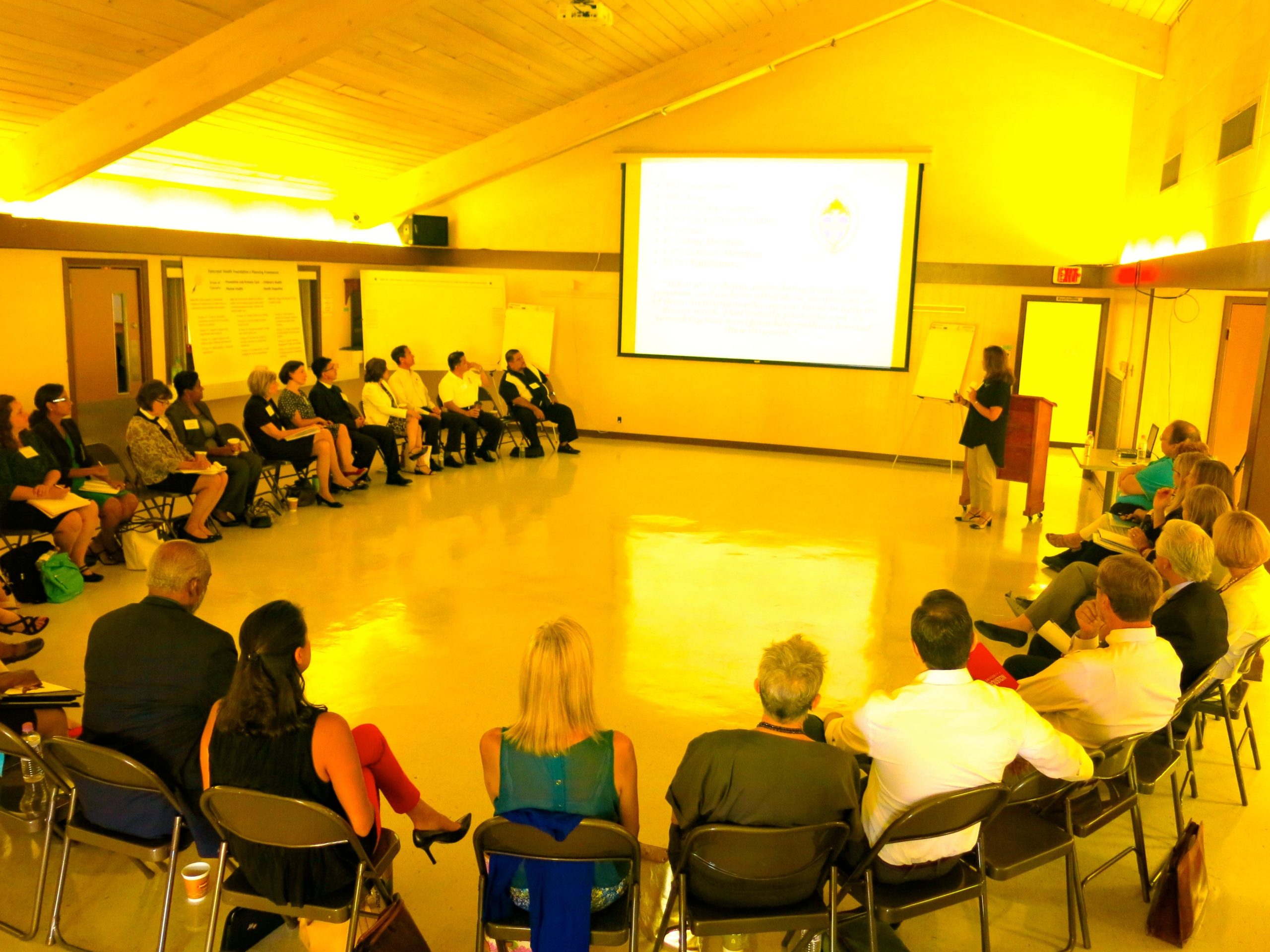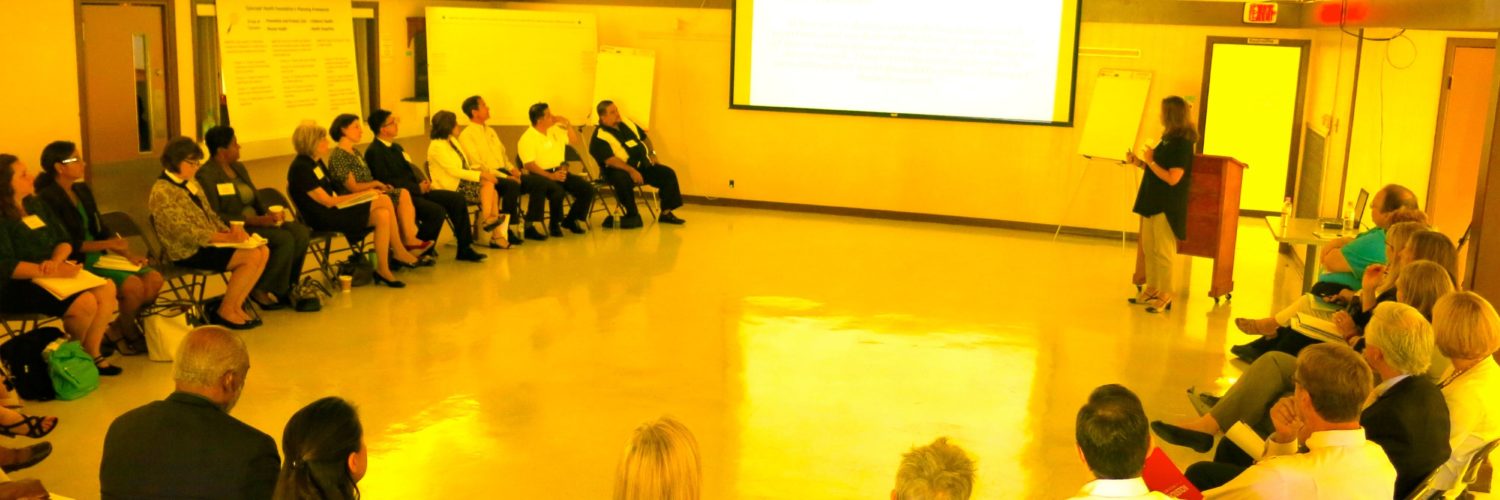
What is community, anyway?—this is the question posed in a recent article by the Stanford Social Innovation Review. The piece explores the complexity inherent in a word oft used but seldom parsed, that relies heavily on the tacit understanding implied by something “so simple, so natural, so human.”
As individuals, our understanding of community is deft and unconscious—we inherently occupy the multiple identities we assume. Membership is not a classification externally imposed; rather, it is an identity internally realized. However, organizations—devoid of the ability to connect with a sense of shared experience or history—naturally gravitate to the tangible boundaries of neighborhoods and institutions to define community. Community is a matter of intuition, and organizations tend to be severely lacking in this department.
This difference in approach is exactly why the question posed above should be central to the operations of any organization hoping to spark social change. Our goal of developing community-driven, people-centered health systems is contingent on our understanding of the complex web of shared experiences and identities that inform people’s community affiliations. So it is imperative that our organization be infused with some of the intuition that guides us on an individual level.
We aim to accomplish this through the diversification of our functions, as our understanding of community is meaningless if it does not inform our practice. As a philanthropic foundation, it is no surprise that grant-making is a crucial and powerful tool for helping achieve our goal and supporting innovation in practice. However, if that were our sole function, then our practice would be to interact with communities in an indirect, one-dimensional way—through our grantees. While our grantees are “context and environments” for the manifestation of the communities they serve, “they are not communities themselves.”
This is why leveraging the capacity of our organization to go beyond grant-making is so important. Our direct involvement in community engagement, diocesan engagement, convening work, and research entrench the multiplicity of community in the nature of our work. The results of our efforts produce information that enhance knowledge of not just local needs, but of the ephemeral, interwoven fabric that forms communities.
As stated by Chavis and Lee, “community is not a place, a building, or an organization…community is both a feeling and a set of relationships among people.” Individuals might be connected to groups and institutions by merit of proximity, but those supposed connections hold little value in the absence of inclusion, acceptance, and comfort. The willingness to invest time and effort in social interventions and the cultivation of community assets is determined in the realm of sentiment. Paying no heed to these factors and relying solely on zip codes and statistics for community boundaries will only result in a disparity between individual and organizational perceptions and impede meaningful work.
So—what is community, anyway? It is many things, but most importantly, it is not our answer to determine. Communities—in their own dynamic, fluid way—define themselves; it’s our job to seek them out.
